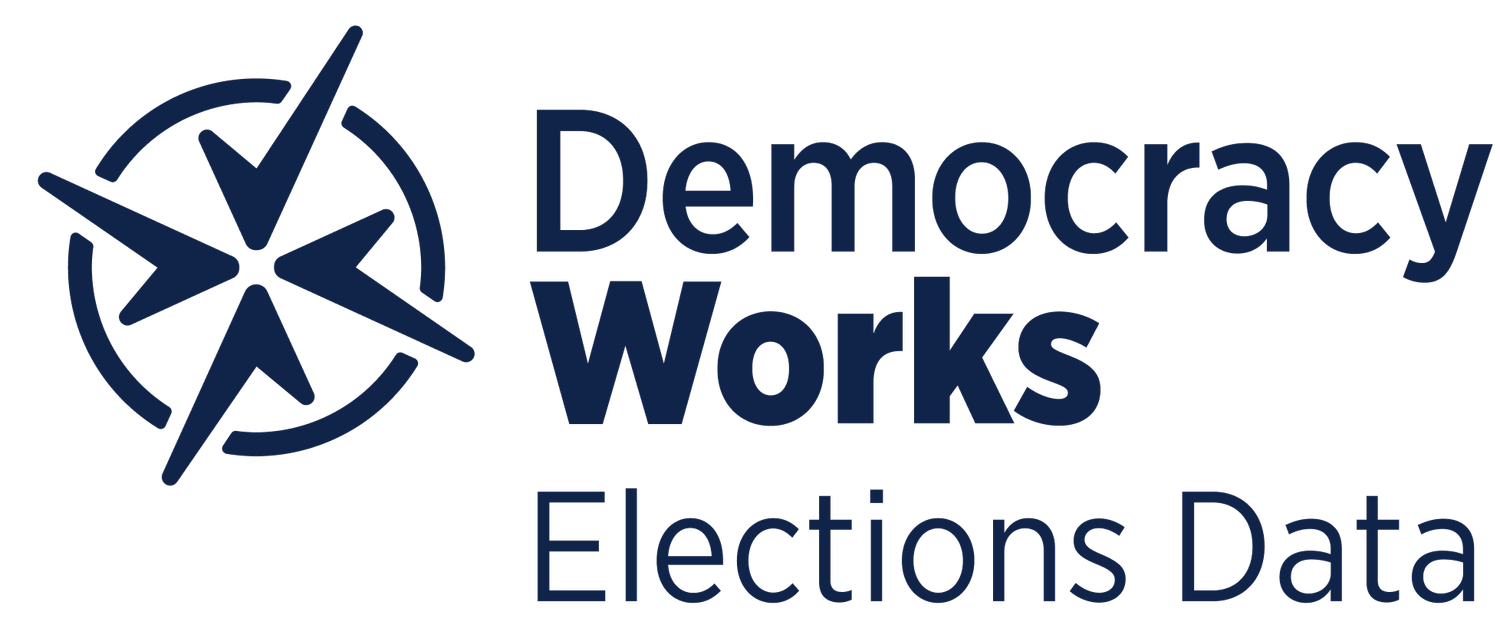Transforming Election Data into Actionable Voting Guidance
Once Democracy Works sources and confirms accurate election data from official government sources, our team transforms it into actionable voter guidance in English and Spanish. We organize this complex information in a convenient user interface that prioritizes accessible language and ensures our written guidance is true to our sources.
Our researchers review election sites, legislation, court rulings, and election official communications to identify information that directly impacts the voting experience, including ID requirements, voting and registration methods, and important dates and deadlines. This information is then formatted in our data and written as guidance. We use this guidance to answer Frequently Asked Questions on our election pages, making it easy for voters to find the information they need.
State-specific language
Although we typically aim to create guidance that is readable at a 9th grade level or below, there are occasions when we must use more challenging language to reflect ambiguity or complexity in election law. Our Research and Communications teams collaborate to determine the best practice for balancing clarity with accuracy in these situations.
We avoid imposing our own standard vocabulary on certain voting terms and procedures in order to account for variations in state-specific language. Some states may refer to “mail ballots” while others refer to “absentee ballots.” Some states may refer to “early voting” while others use “in-person absentee voting.” We adhere to state-specific language in these instances in order to maintain the highest standards of accuracy.
Standardizing our writing
While state and local language for voting guidance varies widely, we standardize our writing style to create consistency across our products and platforms. Our Communications team maintains an organizational style guide that uses writing guidance from references like the AP Stylebook and tailors these principles to our work within the election landscape.
Our style guide emphasizes the importance of using concise writing to help our audiences navigate complex rules and instructions. If an official source contains written guidance that is passive, indirect, or otherwise confusing, we reframe this information as clear calls to action.
We address our audience directly in the second person in order to make voting instructions more user-friendly.
Example: You will be asked to show ID to vote.
NOT Voters are required to show ID to vote.
This practice allows us to communicate the options available to a user and the actions they need to take to participate in the voting process.
We also prioritize inclusive language and use terms that focus on personhood, e.g. disabled person rather than invalid and person with a felony conviction rather than felon. Voters are people first and we are committed to respecting the dignity and humanity of our audience.
The importance of human experts
While we are using our reliable data to help voters navigate the generative AI era, we do not use generative AI to research or write voting guidance. All our content is researched, written, and reviewed by human experts. Our guidance is based on the data we compile, which means voting guides, FAQs, notifications, and any other communications users receive from us or our partners reflect the quality and integrity of our research.
How can our trusted election information help your organization? Reach out today to learn more.
